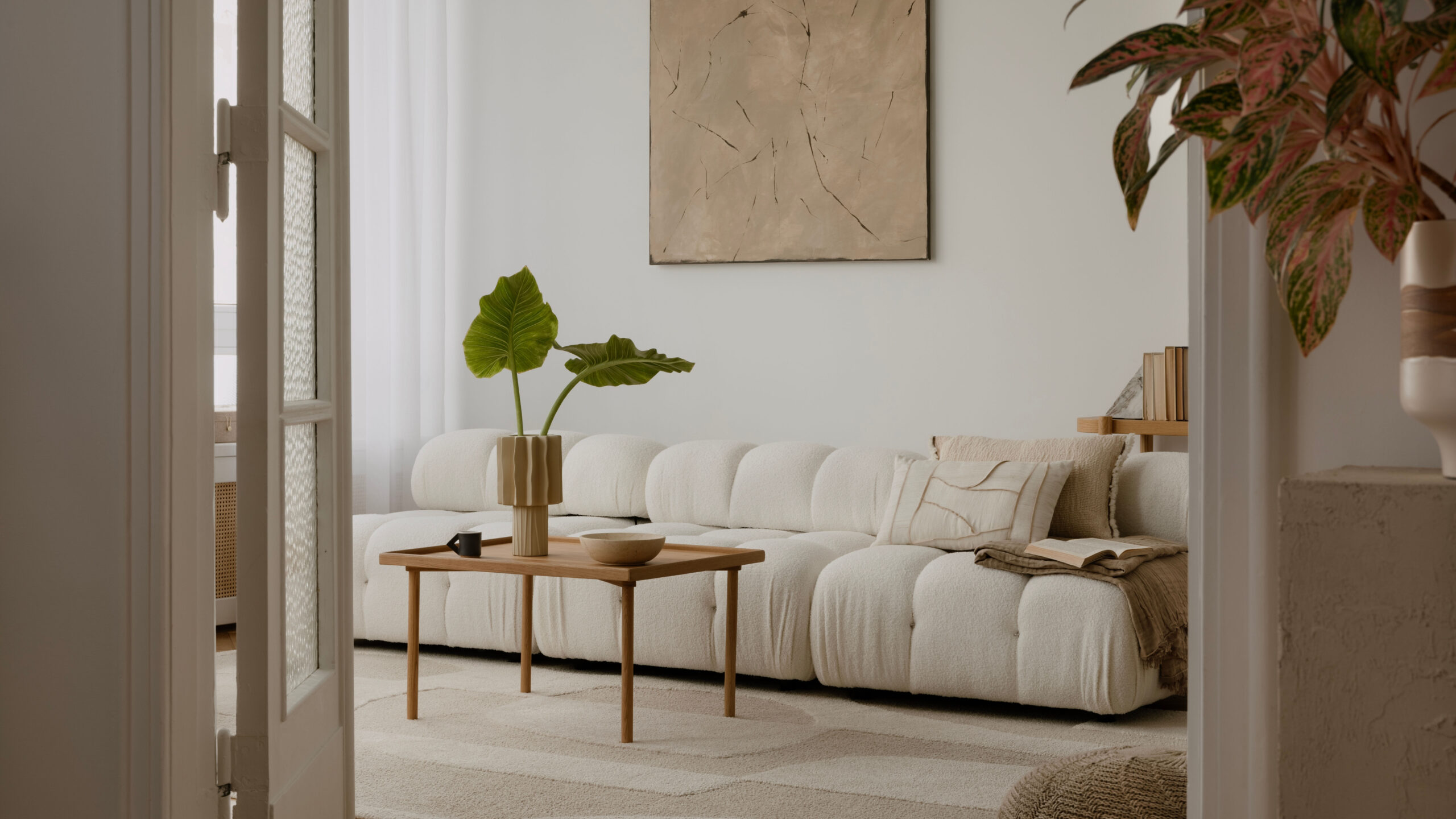Buying new furniture sounds exciting until you realise how many decisions go into it. Whether you’re moving into a new place or just refreshing a room, picking the right pieces is more than just falling in love with a couch or a dining table. It’s about making sure they fit your space, your style, and your lifestyle.
This guide walks you through the process of choosing furniture that works for your home — from measurements and materials to layout and budget. If you’re aiming to avoid common mistakes and make choices you won’t regret, this one’s for you.
1. Start With the Space You Have
Before you hit the stores or start browsing online, take a good look at the room you’re furnishing. Measure everything. And we mean everything — wall to wall, windows, doors, ceiling height, and existing furniture if you’re keeping any. Don’t rely on guesses; those few centimetres can make or break your setup.
You’ll also want to think about how the room is used. A living room for hosting friends might need more seating. A bedroom should feel calm and uncluttered. Every space has a function, and your furniture should support that.
2. Know Your Style — But Be Flexible
It’s good to know what you like, whether that’s minimalist, boho, mid-century modern, or something else entirely. Look through Pinterest boards or Instagram for inspiration, but try not to lock yourself into one theme. Homes grow and change just like people do.
Instead, think about how your new furniture will sit alongside what you already have. Will that bold green armchair clash with your neutral sofa? Does your vintage coffee table match your sleek new entertainment unit?
The goal is to create a space that feels consistent but still has personality. Mixing styles can work — just make sure there’s something tying everything together, like colour, shape, or material.
3. Think About Materials and Lifestyle
Fabric, wood, metal, glass — every material looks and feels different. But more importantly, they behave differently over time.
If you have kids or pets, lighter fabrics or glass-top tables might not be the best choice. Leather and microfiber are easier to clean. Solid wood ages well and can be refinished, while some cheaper materials might start to show wear and tear quickly.
You’ll also want to check how a material feels. For example, a beautiful velvet couch might look great but feel too warm in summer or attract dust.
Here’s a helpful comparison of materials and their pros and cons from The Spruce.
4. Create a Floor Plan
Once you have your measurements and a general idea of what you want, sketch out a simple floor plan. You don’t need to be an artist. Even a rough drawing helps you visualise where things go.
Make sure to leave enough space for movement — especially in high-traffic areas like entryways or around the dining table. A beautiful room that feels cramped isn’t going to be comfortable to live in.
5. Set a Budget — Then Stick to It
Furniture can get expensive fast. It’s tempting to splurge on something you love, but try to be realistic. Make a list of what you need most, and allocate your budget accordingly. Maybe your sofa deserves a bigger share, while side tables or shelving units can wait or come from budget-friendly stores.
Don’t forget to factor in delivery fees or customisation costs. Some stores charge extra for certain fabrics or finishes.
If you’re on a tight budget, check out second-hand options, online marketplaces, or outlet stores. Sometimes you’ll find quality pieces at a fraction of the price.
6. Try Before You Buy — If You Can
Pictures can be misleading. A chair that looks comfy online might feel awkward in real life. If possible, visit showrooms or furniture stores to test out pieces. Sit on the sofas. Open the drawers. Check how sturdy that table is.
If you’re buying online, read the reviews. Look for comments about comfort, durability, and quality. Many websites also offer AR (augmented reality) tools to help you see how the furniture will look in your space.
7. Think Long-Term
Trends come and go. That curved pink couch might be popular now, but will you still like it five years from now? When in doubt, go for timeless pieces in neutral tones. You can always add colour or personality with accessories like cushions, rugs, or art.
Also, consider how easy it is to move or re-purpose a piece. A modular sofa can adapt to different spaces. A sturdy dresser can move from the bedroom to the hallway if needed.
8. Check Delivery Times and Policies
Some pieces take weeks or even months to arrive, especially if they’re custom-made. If you’re working on a tight schedule, this matters. Make sure you understand the delivery window, and read the store’s return and refund policy carefully.
Measure doorways and elevators too. The last thing you want is to fall in love with a sofa that won’t fit through your front door.
Final Thoughts
Buying furniture for your home doesn’t have to be overwhelming. Yes, there’s a lot to think about — measurements, materials, style, budget — but taking your time makes all the difference.
Start with what you need, plan carefully, and choose pieces that feel like you. It’s not just about filling a room. It’s about building a space where you can actually live, relax, and enjoy being yourself.



